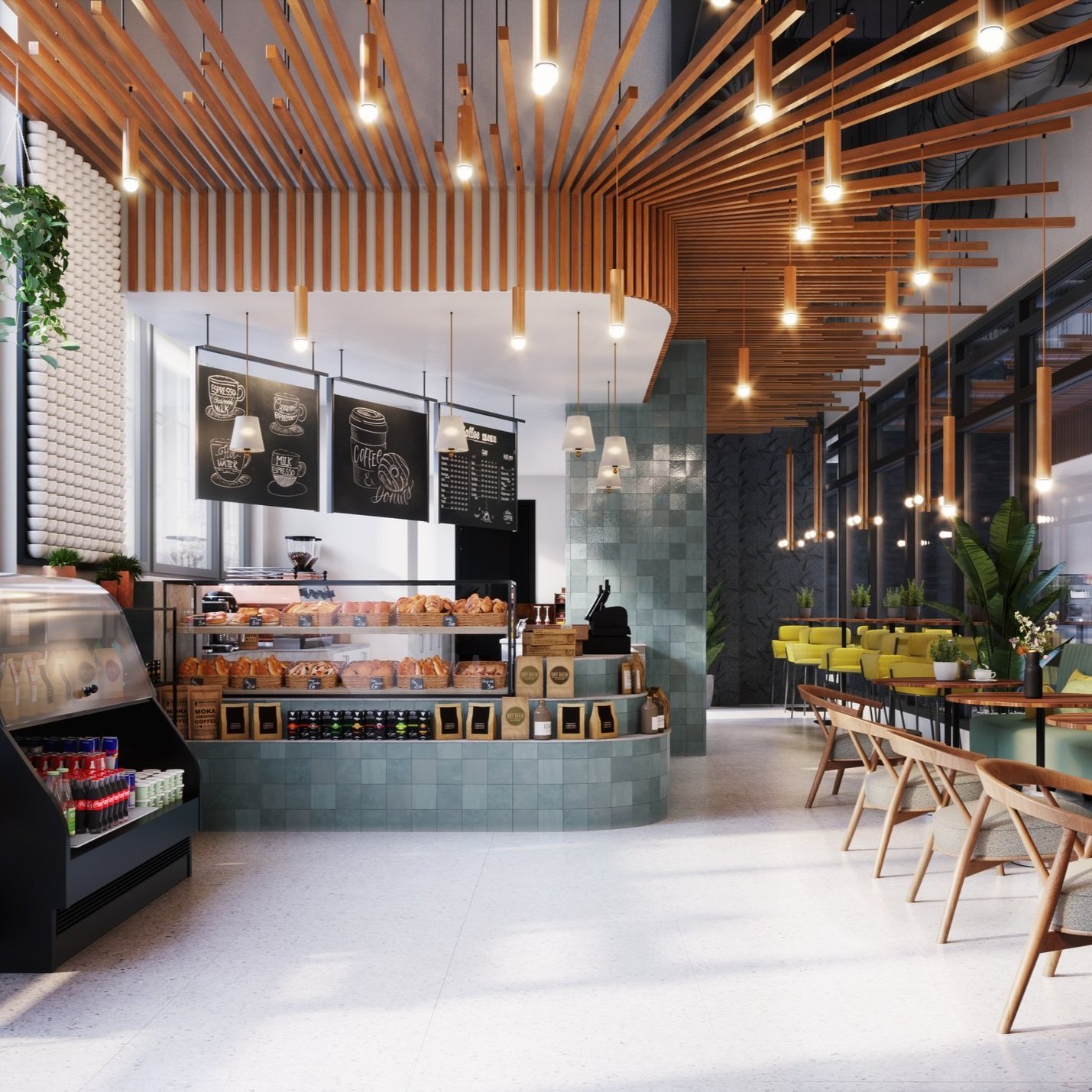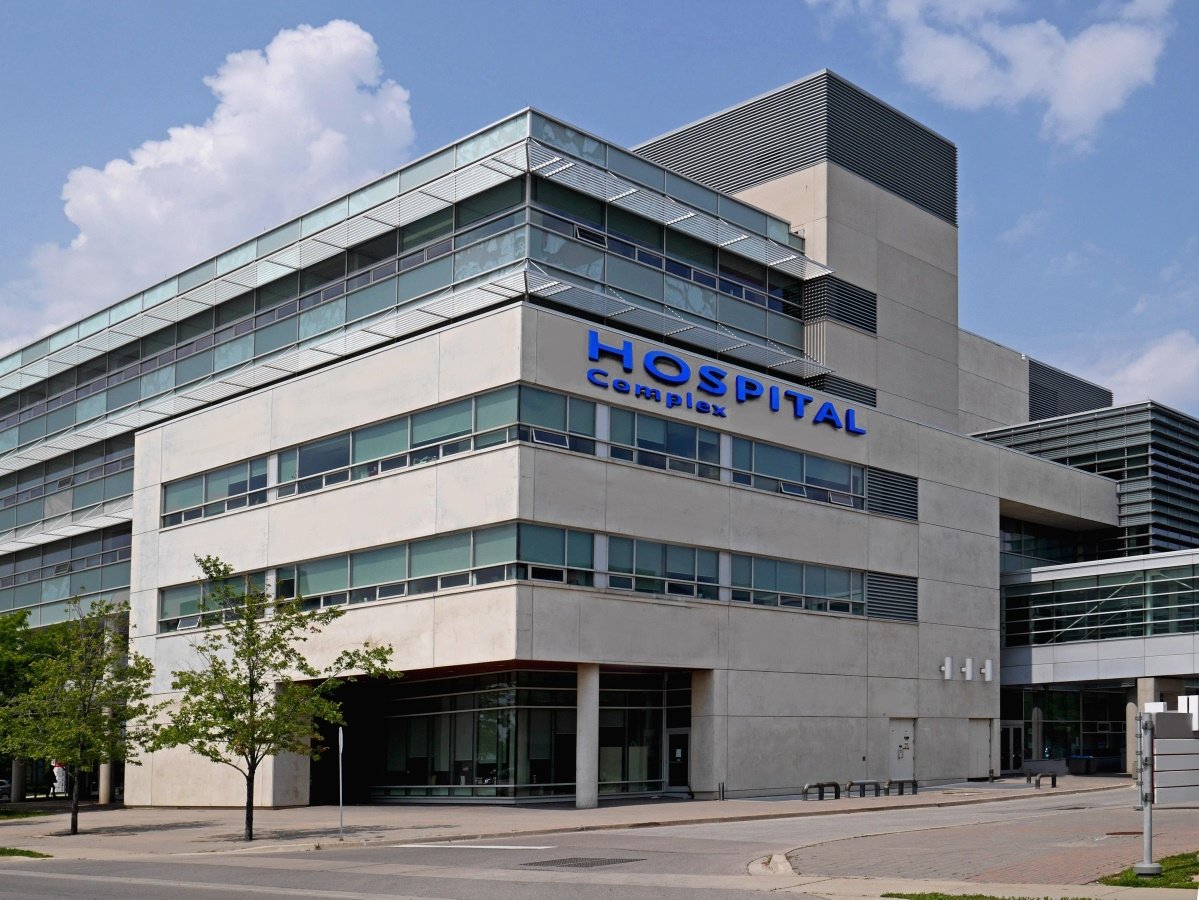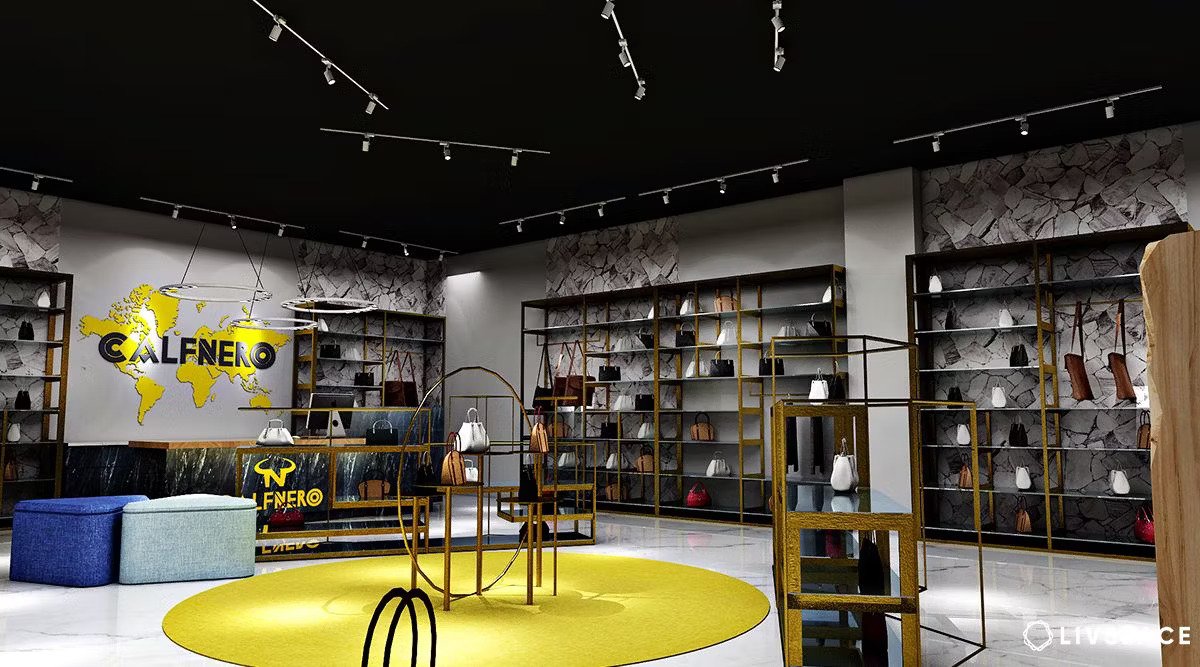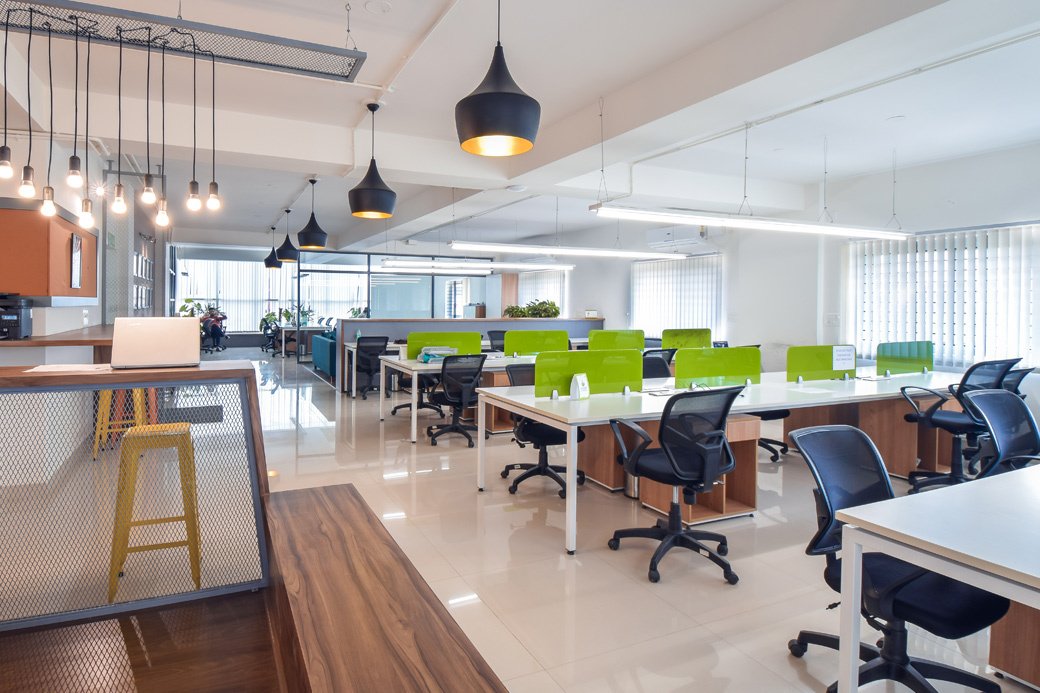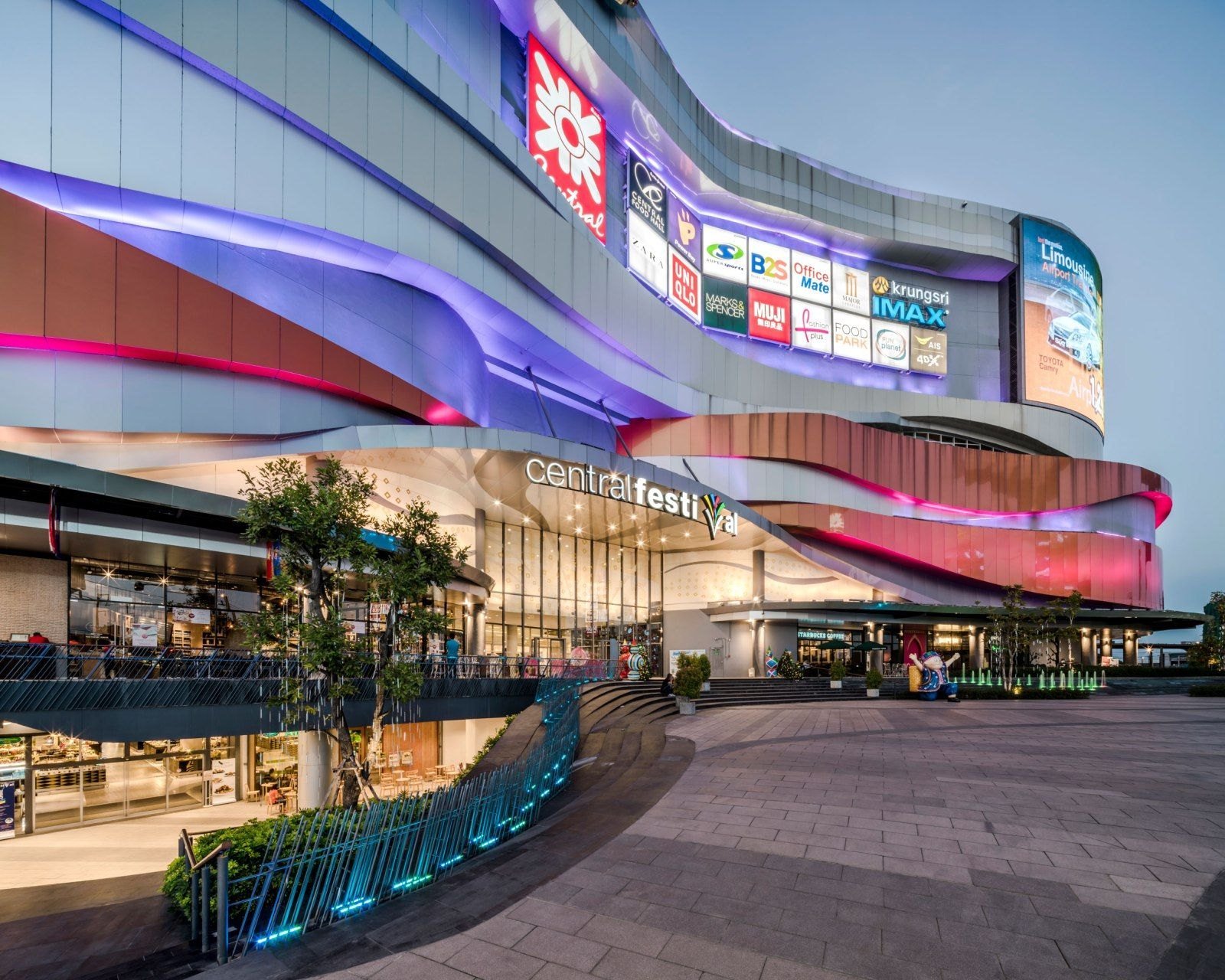Academic building design is a complex task it involves many different types of consideration, included aesthetics, functionality, environment friendly, automation, merging, and creating spaces that encourages learning. like the education move towards to make education more flexible and interactive. We have to design Academic building in new way. This essay shows the key points and highlight the important points.
Historical Context And Evolution
In this era Academic building design have lots of changing over the centuries. In early age the educational institutions show their importance in their society and design grand and impressive it shows their impression in their society. In these buildings have large lecture halls. Libraries. In this it shows the clear separation between teachers and students.
In the 19th and 20th centuries, the increasing of public education and the growth of higher education. universities and schools began to include features like open spaces for sports and natural lighting like adding windows and too many things they added.

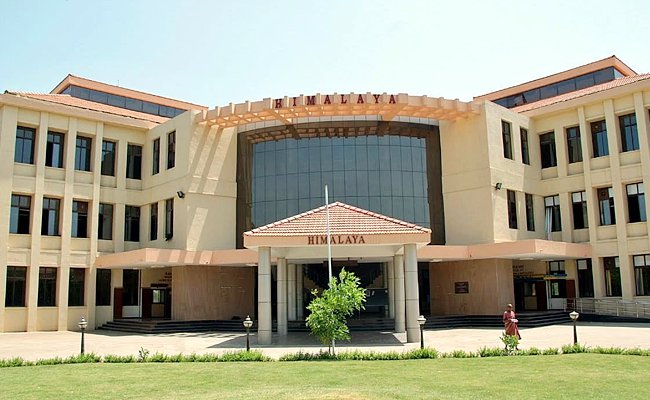
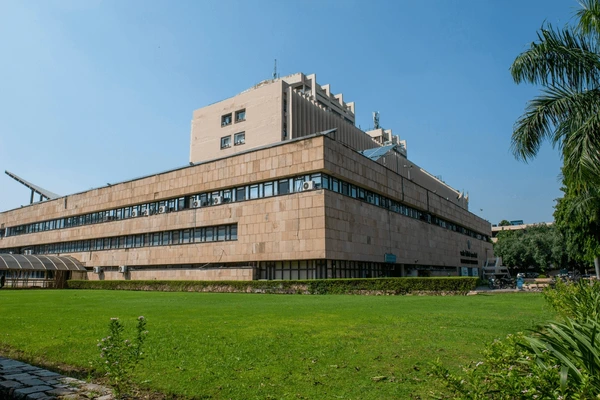
Key Principles of Academic Building Design
- Functionality and Flexibility: In modern academic’s buildings are supporting various teaching methods and learning activities. In schools and universities have large classroom, laboratories, lecture halls, playground, seminar hall, etc. flexible architecture design allows building and spaces to evolve over time
- Technology Integration: Nowadays technology becomes more important in education. It is necessary to adding technology in Academic building design infrastructure. In this we have to include high-speed internet, smartboards, charging stations. We have to create spaces that support online learning and hybrid teaching models.
- Sustainability: It seeks to reduce negative impacts on environment. Academic building design are increasingly designed to be energy efficient, using energy-wise construction and design material, choosing raw material, minimize non-renewable energy consumption and waste, LEED (Leadership in Energy and Environmental Design) certification has a become a standard benchmarked for sustainable design in educational institutions.
- Aesthetic Appeal: The aesthetic appeal it involves careful consideration of colorful. Aesthetic appeals means that the balancing the color combination and too much. Architectural styles can vary widely, from modern and minimalist design. Using natural light, open spaces, and pleasing materials contributes to a positive atmosphere.
- Health and Well-being: Health and well-being design have must prioritize the comfort of faculty and student. This includes open space, natural light because it reduces the risk of eye strain and headache. It supports a healthy lifestyle and the physical, mental and emotional effects.
- Accessibility and Inclusivity: In academic building furniture selection play a critical role and we have to include all the facilities for those people who have disabilities. we have to include some features for these people like ramps, elevators, braille signage, and accessible restroom. Afterall principle have to ensure that all student can participate fully in the educational experience.
Trends in Academic Building Design
- Learning common: The word learning common means library we used since 18th century . It has multifunctional space that support various learning activities. These spaces typically include group study areas, quiet study zone, technology hubs and collaborative workspaces. It’s encouraging interaction and collaboration among student.
- Open and Collaborative Spaces: Open and collaborative space reflects the shifts towards more interactive learning methods. Open lounges, classroom with movable furniture and common areas facilitate group work and informal learning.
- STEM and Maker Spaces: STEM (science, technology, engineering, and mathematics). In their many academics building is now including special laboratories. These facilities are furnished with advance technology and tools that support the experimental learning and experiment.
- Biophilic Design: Biophilic design form a connection with the natural environment, specially in urban areas where access to nature is limited. In biophilic design includes the uses of natural material like: – indoor plants, large window with views of nature, and access to outdoor spaces. This look very nice and peaceful.
- Hybrid Learning Environments: In 2019 we are suffering from a very big pandemic. It was COVID-19 at that time everything is online like classes. So, In Academic building design we have to add equipment for video conferencing, recording lecture and facilitating remote participation.
Challenges in Academic Building Design
- Budget Constraints: Whenever we design and construct the academic building it can be expensive, there is a problem to compromises budget constraints. There is challenge for educational institute for balancing cost with quality, sustainability, and functionality.
- Balancing Tradition and Innovation: In this the architect balance the combination of tradition and innovation. To strike the right balance between tradition and innovation, it is essential to consider the benefits and drawbacks of each. Much respect when involved new buildings in this element.
- Future-Proofing: The academic building design must be designed to adapt future advancement. It creates adaptable space that can be easily upgrade with new technology.
- Community Integration: Community integration ensure that the buildings are accessible and beneficial to the community because it is a complex task it required collaboration and engagement with local stakeholder. Academic building serves not only the institutions but also the surrounding community.


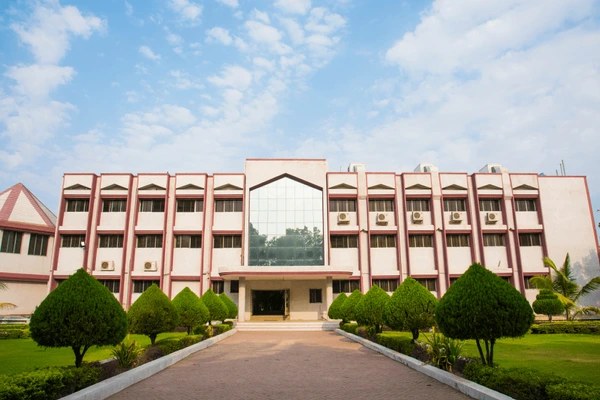
Conclusion
Whenever we design an academic building design, we should keep somethings in mind. like: –
- Make indoor spaces functional, safe, and beautiful by determining space requirements and selecting essential and decorative items, such as colors, lighting, and materials.
- The design of academic building must have to involve student-centered learning environment, technology-driven it shows educational paradigms more interactive.
- Planners can create spaces that support academic achievement and enhance the overall well-being of students like: – embracing principle of flexibility, technology integration, sustainability, and inclusivity.
- Whenever we design academic building so, we have to pay attention to the health of teachers and student also like: – open space for natural air etc.
- If we design an academic building then we have to manage tradition and modernism to make our academic building look good.
- In academic building design we have to involve hybrid learning environment because the pandemic that occurred in 2019 caused a lot of problems. So, we should add equipment for video conferencing, recording lectures, and facilitating remote participation.
